Menu
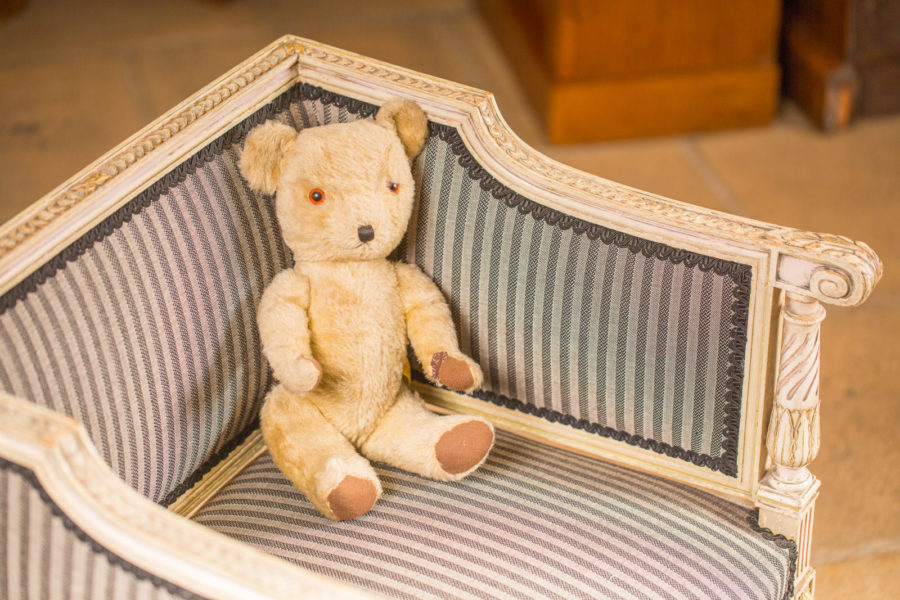
The correct cleaning and care techniques very much depends upon the nature of your upholstery. If it is original, or replacement but still very old, or simply very delicate, it will require a different approach to something more modern or robust. If it is more than 75 to 100 years old, you may want to consider seeking specialist cleaning services. Most pieces of antique furniture will have been reupholstered over the years. One tell tale sign is the visible small holes from previous upholstery pins on the underside of a chair frame for example. However, a lack of them doesn’t guarantee its originality.
An unrivalled selection of antique seating.
 Preventing Damage
Preventing Damage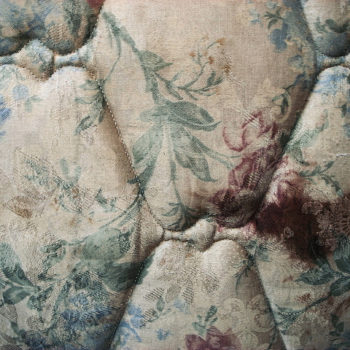
Should you know or suspect that your antique item is very old, or rare, you will need to treat it with a different level of care. In the case of chairs, fabrics which are of historical importance should not be sat upon. This will help to maintain the condition and value if the item is of a collectible nature. If it is a beloved part of your home, rather than a collectors item, then there are still a number of simple measures that you can take to support longevity.
Before handling old or fragile cloth, make sure that the hands are clean. It is worth washing your hands even if they aren’t visible dirty, due to the naturally occurring oils on our skin. These oils can in turn attach dust to the material.
Think carefully about where you position the piece. Ask yourself, is it in direct sunlight for a large portion of the day? As this might fade certain fabrics, especially if that sunlight casts shadows in certain areas; or does not reach the whole piece, causing uneven fading.
In the case of antique fabrics, case covers may be a worthwhile investment. In tucking the piece out of direct sunlight, be sure to also keep it in a dry and well ventilated place away from any damp areas of the home.
Avoid smoking around antique and delicate fabrics, as well as using anything that may tear and damage them, such as felt tip pens, sharper jewellery, tools, newspaper being placed upon them, labels, stickers, sticky tape and so on.
Finally, do not bring antique upholstery into a home that contains moths or other insects which may be of harm to the material before treatment. This needn’t mean getting in expensive fumigation services. Moths can be eradicated by a combination of switching off the central heating for periods over winter, very thorough cleaning, use of cedar balls, lavender bags, careful storage and cleaning of clothing. However it is worth checking that endeavours have been successful before bringing delicate antique upholstery into the home. 
Sadly not all damage can be repaired. A reputable dealer, or conservator will be able to advise. Re-upholstery is sometimes the best solution. Most antique upholstered furniture will have been re-upholstered at some point, possibly on several occasions, and very old upholstery that remains intact, is of historic interest and should be very carefully handled. For most of us however, it is really useful to know how to best clean spills; and to deal with and prevent stains. 
If upholstery has been spilt upon, it is important to try to absorb as much of the offending liquid as soon as possible. You should use a kitchen towel or similarly dry absorbent material for this. Do not attempt to use a very wet cloth or to apply larger amounts of water or any heat. A hair dryer for example can cause shrinkage, and even permanently fix a stain.
In some cases a small amount of water on a cloth may be acceptable to remove the stain before re-blotting with a dry cloth or kitchen towel, this can be carefully repeated. However, proceed with caution.
Too much water can cause colours to run, or can pull up dirt/dust from under layers; which can make the staining worse. If in doubt, after blotting, it is best to consult a textiles conservator, or professional antique cleaning or restoration firm for advise.
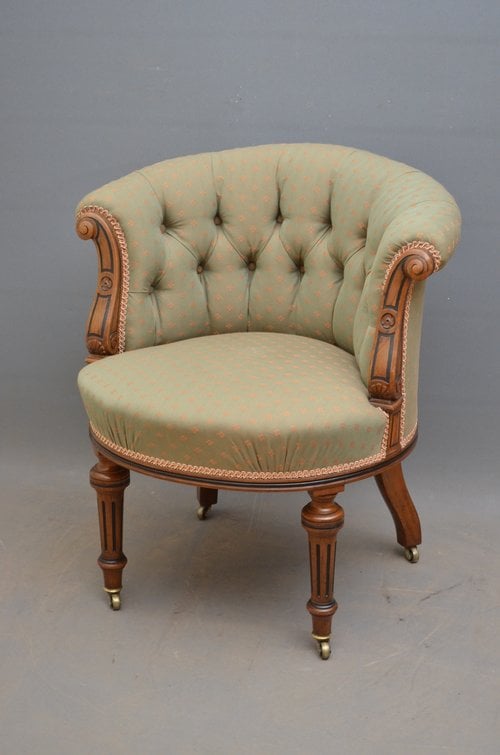
Where the top layer of fabric is more robust and modern, a chemical foam extraction cleaner can be used for spot removal, and general, overall cleaning and care. You should start by very gently removing any dry surface dirt and dust. This could be by hoovering the piece with a dust devil style, or other suitable vacuum cleaner. You may find that this does a good deal of the work in cleaning the piece and is essential to avoid further staining. Also many vacuum cleaners have an upholstery attachment. For delicate materials such as silk and linen, have the suction set to low where possible. Velvet and chenille style fabrics should be hoovered left to right, starting at the top of the piece, working downwards. 
You can then apply a foam extraction product, which will be available from most larger local supermarkets or home improvement shops. There are even products for specific types of stain, but again approach with caution; and seek advise where necessary. Carefully follow instructions; and always test it first on a hidden spot before attempting to clean the whole piece.
If there is no shrinkage or discolouration on the test area, then proceed to the whole piece. For modern sofas and the like, items can be regularly hoovered which will help to prevent dirt settling in and causing staining or infestation further down the line. Some items can also be steamed. But antiques require a little more care. If in doubt to the specific care requirements of your piece always consult a professional.
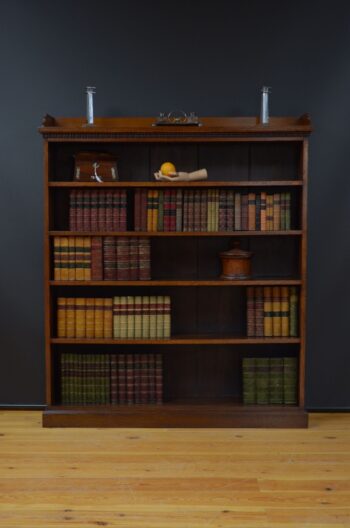 Victorian Large Solid Oak Country Open Bookcase . c1880
£1,265.00
Victorian Large Solid Oak Country Open Bookcase . c1880
£1,265.00
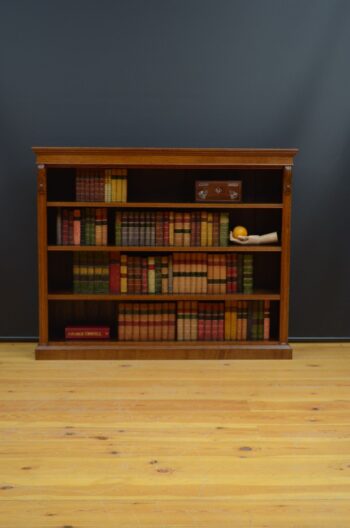 Victorian Oak Open Bookcase
£1,495.00
Victorian Oak Open Bookcase
£1,495.00
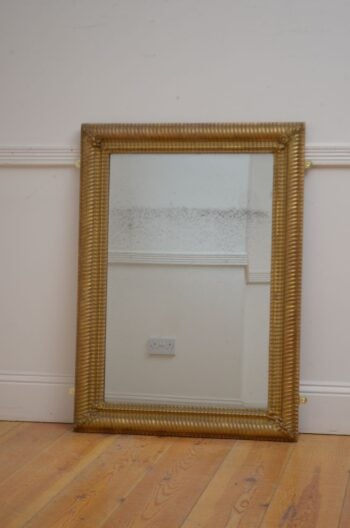 Antique 19th Century French Gilded Mirror
£1,150.00
Antique 19th Century French Gilded Mirror
£1,150.00
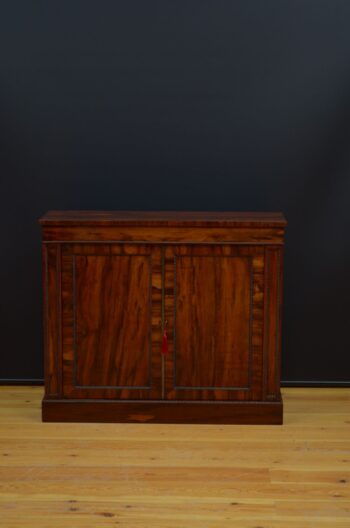 William IV Gonzalo Alvez Chiffonier
£1,685.00
William IV Gonzalo Alvez Chiffonier
£1,685.00
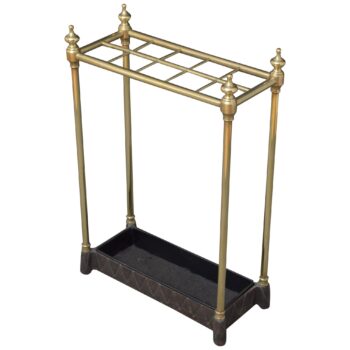 Late Victorian Brass Umbrella Stand
£650.00
Late Victorian Brass Umbrella Stand
£650.00
| Cookie | Duration | Description |
|---|---|---|
| cookielawinfo-checbox-analytics | 11 months | This cookie is set by GDPR Cookie Consent plugin. The cookie is used to store the user consent for the cookies in the category "Analytics". |
| cookielawinfo-checbox-functional | 11 months | The cookie is set by GDPR cookie consent to record the user consent for the cookies in the category "Functional". |
| cookielawinfo-checbox-others | 11 months | This cookie is set by GDPR Cookie Consent plugin. The cookie is used to store the user consent for the cookies in the category "Other. |
| cookielawinfo-checkbox-necessary | 11 months | This cookie is set by GDPR Cookie Consent plugin. The cookies is used to store the user consent for the cookies in the category "Necessary". |
| cookielawinfo-checkbox-performance | 11 months | This cookie is set by GDPR Cookie Consent plugin. The cookie is used to store the user consent for the cookies in the category "Performance". |
| viewed_cookie_policy | 11 months | The cookie is set by the GDPR Cookie Consent plugin and is used to store whether or not user has consented to the use of cookies. It does not store any personal data. |